| Haminoea hydatis (Linnaeus, 1758) |
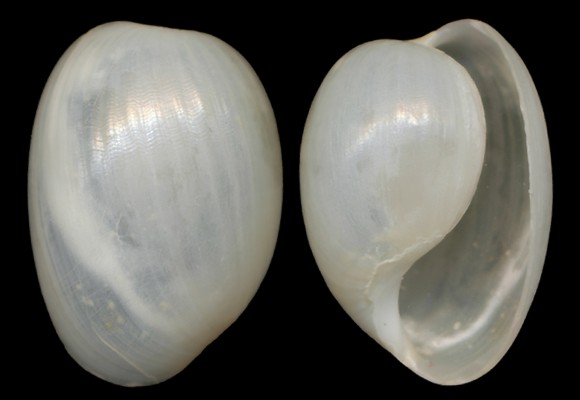 |
Norway to Santa Helena, Azores to Mediterranean. Grazer in the shallow infralittoral, among seagrasses such as Caulerpa prolifera, Cymodocea nodosa… on sandy-silty bottoms, often in lagunar environments. Basionym: Bulla hydatis.
Ghjunchitu bay, Isola Rossa, NW. Corsica. 10mm. |
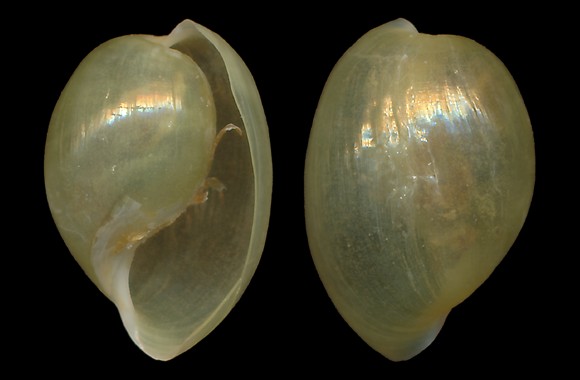 |
| In weeds, Antibes, Côte d’Azur, S. France. 7mm. |
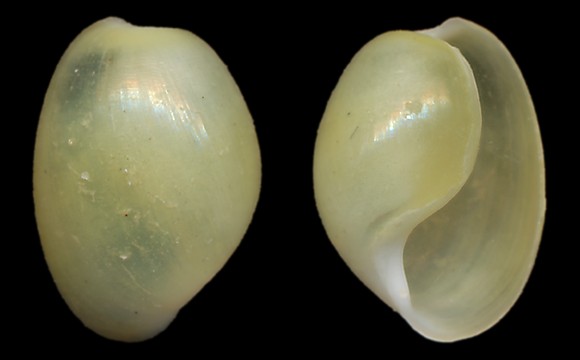 |
Synonyms: cymoelium, modesta, pisum.
L’Escala, Girona, Catalunya, NE. Spain. 4,5mm. |
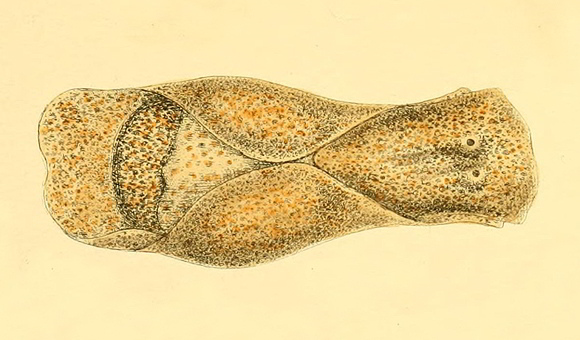 |
| The animal in Forbes & Hanley: A history of British Mollusca and their shells vol. I, London 1853, plate UU fig.3. |
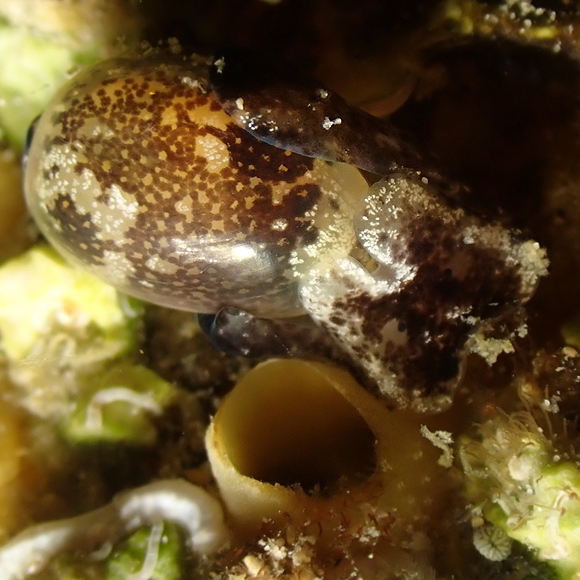 |
| Animal creamy honey, covered with minute white bacilliform dots and brown round spots. The parapodial lobes do not cover the whole shell. Canal du Rhône à Sète, western entrance, Sète, Hérault, Occitania, S. France. Original picture provided by P. Corbrion for iNaturalist – (CC BY-NC-SA). |
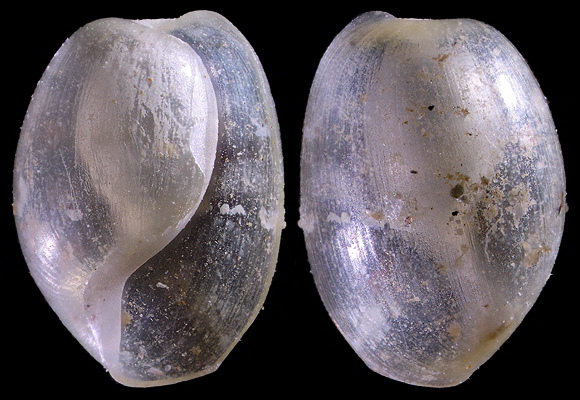 |
| Juvenile collected at 25m deep, in sediments at the base of a submarine cliff, between Sapri and Acquafredda, southern Campanian border, SW. Italy. 4,2mm. |
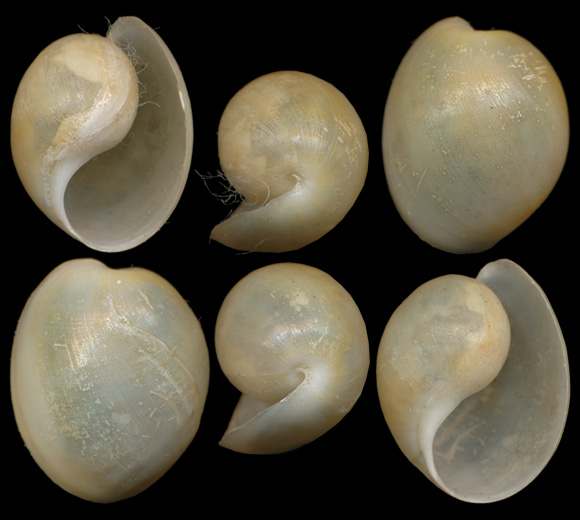 |
Variant “globosa” Jeffreys, collected at low tide on mud flats, Gore Cove, near Moonfleet Manor Hotel, East Fleet Lagoon, Weymouth, Dorset, S. England. 13-14mm.
« Var globosa: smaller, thinner, globular, pale yellowish-green or creamcolour. […] More than thirty years have elapsed since I had the good fortune to observe, in company with my late friend Mr. William Clark, hundreds of these creatures, in the shallow and slushy pools left by the tide near high-water mark on Dawlish Warren; soon afterwards, owing to a shifting of the sands, these pools disappeared, and with them the Bulla . When it swam or floated, the side-lobes of the foot were withdrawn from the shell and spread out like a pair of fins. The shell is occasionally distorted, having either a rude spiral groove below the apex or a depression behind the pillar » – J. G. Jeffreys: British conchology vol. IV, London 1867, p.438. |






